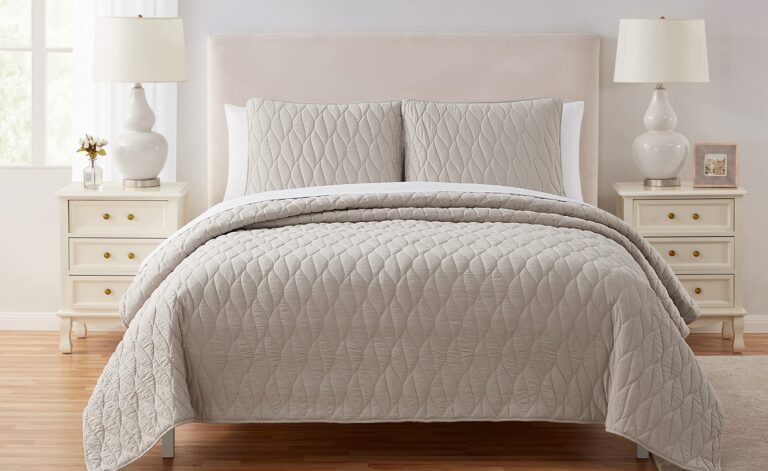Techniques to Support Roof Purlins in Large-Scale Industrial Construction
Roof purlins hold the roof. These materials are the backbone. If you’re building something big, they’re extremely vital. They spread the load. Without them, things buckle. The whole rooftop would sag or, worse, collapse. That’s why you need good techniques to keep them steady. When it comes to large-scale projects, you can’t cut corners.
Strong purlins mean strong support. But the question is – how to support roof purlins? Well, that’s what this article talks about. It looks at materials, designs, and methods. You’ll know how to choose the best way to keep your roof steady. This is key in big construction jobs.
Importance for Roof Load
Purlins bear weight. They sit across the rafters. These materials hold up the sheeting or panels that make the roof. The whole system depends on their strength. If the purlins are weak, the roof is weak. A strong one makes sure your rooftop won’t sag. You need good spacing and solid materials. If you get this wrong, your rooftop won’t last.
Steel vs. Wood: And Why Steel Wins
There’s a choice. You can use steel or wood. For big buildings, steel is better. It’s stronger. It won’t warp, whereas wood can crack. In large-scale projects, steel wins every time. It handles weight better. It lasts longer. It resists weather. Wood rots over time. So, when you’re working on a massive structure, think steel.
C-shaped vs. Z-shaped Purlins
Shapes matter. C-shaped purlins are easy to install. These pieces work well for walls. Z-shaped ones? They’re best for roofs. Why? Z-shapes overlap. This gives them extra strength at the joints. These pieces can span longer distances. In industrial construction, this is key. Large roofs need that extra strength. It keeps things from bending under pressure.
Spacing and Span Considerations
The distance between purlins is crucial. Too far apart? The rooftop could bend. Too close together? You’re wasting money. So, if you want balance, check the load. Heavy roofs need closer beams. Lighter materials, like metal sheets, can have them farther apart. But don’t guess. Do the maths. Take help from the engineers who can figure out the perfect span.
Installation for Strength
A well-installed purlin system is tough. First, the material matters. Use high-quality steel. Second, the bolts and fasteners need to be strong. These materials lock everything in place. If they fail, the purlin fails. Follow the design plans exactly. Precision matters. A sloppy installation leads to long-term problems.
Secondary Structural Support
Purlins don’t work alone. They need help. Secondary supports keep the system strong. These include bracing and struts. Bracing prevents sway. Struts add extra support. In a large building, you can’t rely on them alone. Secondary supports make sure the roof stays in place, even in strong winds or heavy snow.
Handling and Storage
Steel purlins need care. Don’t drop them. Don’t scratch them. Scratches weaken steel. Rust can set in. So, keep them off the ground during storage. Store them indoors if possible. If you leave them outside, cover them. You don’t want weather damage before you even install them.
Galvanized Steel for Durability
Galvanizing adds a protective layer to the steel. This prevents rust. In big industrial buildings, galvanized steel is a must. It lasts longer. It keeps maintenance costs low. Rust can destroy steel over time. If your purlins rust, the whole roof is at risk. Choose galvanized steel and you won’t have that problem.
Knowing how to support roof purlins is vital. These pieces hold weight, give strength, and ensure stability. Choosing the right materials, spacing, and support techniques makes all the difference, so don’t rush this part. They are your best bet for large-scale buildings.







